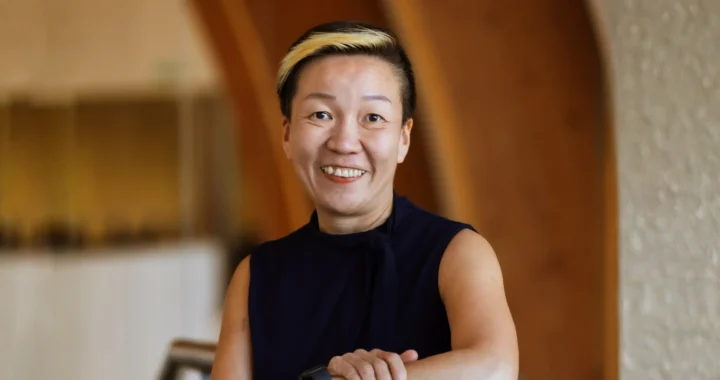H2Grow Helps Bring Hydroponics Farming to Vulnerable Communities

Photo: World Food Programme.
Climate change has made food production incredibly challenging. Land use change, extreme drought and flooding, and erratic weather patterns have disrupted the flow of agriculture production. At the same time, millions of people still live in hunger. Using the hydroponics farming method, the World Food Programme tries to bring farming solutions to vulnerable communities worldwide.
What is Hydroponics?
Essentially, hydroponics is a way to garden and cultivate plants without soil. The method uses water consisting of mineral and nutrient solutions as the plant’s nourishment source. Planting with the hydroponics method can be done pretty much everywhere, from spare backyards to apartment complexes, from indoor to outdoor spaces.
Hydroponics takes up less space, resources, and time than traditional agriculture. In light of climate change, world conflicts, and other crises, the method can provide an alternative way of farming, especially for those who lack proper land. This includes vulnerable and displaced communities around the world.
Still, despite seeming simple, hydroponics requires basic skills and knowledge to maintain. The H2Grow initiative by the World Food Programme (WFP) aims to bridge that gap.
H2Grow by WFP
The H2Grow initiative by the WFP aims to equip food-insecure communities in deserts, refugee camps, informal urban settlements, and other climate-impacted and conflict-ridden areas. It allows farmers to learn how to plant, manage, and sustain crops to strengthen their food resilience.
Localization is one of H2Grow’s key aspects. In the first stages of the initiative in 2016–2017, H2Grow was tested using a high-tech controlled hydroponics technology that was proven not field-ready. After adapting the technology to local contexts to create low-tech and accessible solutions, the initiative could eventually be replicated in other places.
As of 2022, H2Grow has reached over 89,000 people in 21 countries, nearly half of whom are women. The hydroponics method is also used to support homegrown school feeding programs in Burundi, Zambia, and other African countries. This means providing thousands of school children with nutritious food every day.
Empowering Local Communities
Empowerment can go a long way. As the world faces multiple crises at once, strengthening local communities’ agency and resilience becomes crucial. Therefore, the efforts for capacity building and policy interventions have become urgent worldwide, especially for basic skills and necessities such as food production. At the same time, governments, organizations, and all related stakeholders should also work together to minimize, adapt, and mitigate the impacts of the world’s crises.
Editor: Nazalea Kusuma

Join Green Network Asia Membership
Amidst today’s increasingly complex global challenges, equipping yourself, team, and communities with interdisciplinary and cross-sectoral insights on sustainability-related issues and sustainable development is no longer optional — it is a strategic necessity to stay ahead and stay relevant.
Join Now
Kresentia Madina
Madina is the Assistant Manager for Digital Publications at Green Network Asia. She graduated from Universitas Indonesia with a bachelor's degree in English Literature. She has three years of professional experience working on GNA international digital publications, programs, and partnerships particularly on social and cultural issues.


 Weaving the Thread Between the Last Elephant and the Floods in Sumatra
Weaving the Thread Between the Last Elephant and the Floods in Sumatra  Bringing Buried Rivers Back to Life Through Daylighting
Bringing Buried Rivers Back to Life Through Daylighting  Prescribing Beyond Profit for CEOs’ Anxiety
Prescribing Beyond Profit for CEOs’ Anxiety  An Interview with May Tan-Mullins, CEO and Provost of University of Reading Malaysia
An Interview with May Tan-Mullins, CEO and Provost of University of Reading Malaysia  An Interview with Eu Chin Fen, CEO of Frasers Hospitality
An Interview with Eu Chin Fen, CEO of Frasers Hospitality  The UK Government’s Funding Package Plan to Tackle Youth Unemployment
The UK Government’s Funding Package Plan to Tackle Youth Unemployment